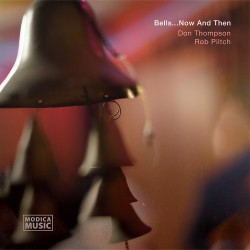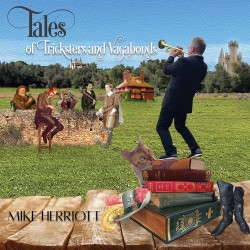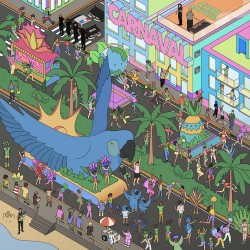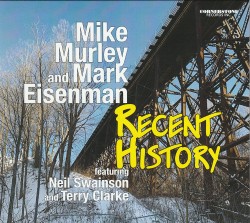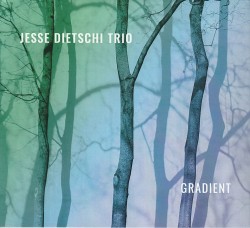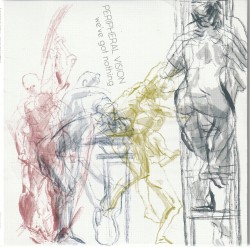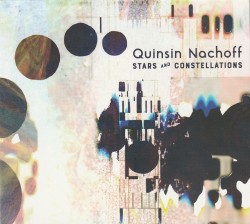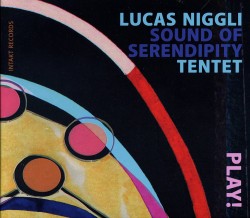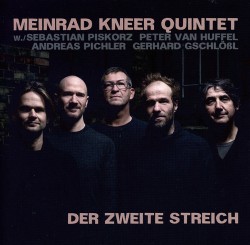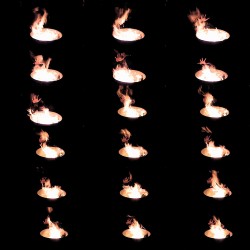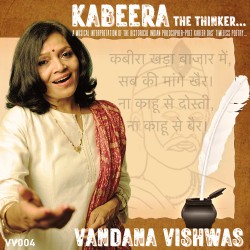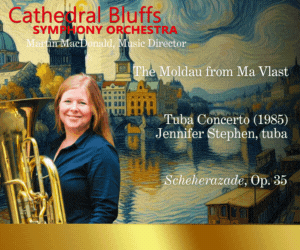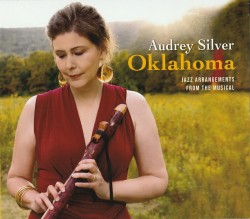 Oklahoma!
Oklahoma!
Nathaniel Hackmann; Sierry Boggess; Sinfonia of London; John Wilson
Chandos CHSA 5322(2) (chandos.net/products/catalogue/CHSA%205322)
Oklahoma
Audrey Silver
Messy House Records MH 0105 (audreysilver.com)
Since the original Broadway production opened on March 31, 1943 and ran for an unprecedented 2,212 performances, with its pithy lyrics and dialogue, sumptuous melodies, dramatic plot points, fully developed characters as well as a contemporary ballet sequence, Rogers and Hammerstein’s Oklahoma! has enjoyed endless revivals on Broadway, international productions translated into a plethora of languages and a film version that remains, in my opinion, one of the finest pieces of American cinema ever created. Recently, two fine recordings at either end of the musical spectrum have been released… a vocal jazz exploration of ten of the show’s most memorable tunes featuring the prodigious talents of NYC-based jazz vocalist Audrey Silver, and a full theatrical production conducted by John Wilson with the Sinfonia of London. These two diverse presentations are a fine representation of the near immortality of a good piece of theatre – one traditional and one exploratory – and both superb and timeless.
For her fifth CD as leader (which she also produced), Silver has put together a phenomenal ensemble, featuring the gifted Bruce Barth on piano (Barth also serves as arranger here), Peter Bernstein on guitar, Adam Kolker on alto flute and bass clarinet, Khalil Kwame Bell on percussion and a well-appointed string section. The original book for Oklahoma! was adapted from Lynn Riggs’ 1931 novel, Green Grow the Lilacs. Interestingly, the novel contained a strong Native American plotline and presence which was effectively deleted for the Broadway show. In the opening title track, Silver restores that glaring omission by performing deftly on Native American Flute to parenthesize the song. The stunning arrangement by Barth is full of surprises as Silver’s warm, mellifluous voice weaves in and out of the familiar melody – making it her own.
Other treats include a swinging take on Many a New Day, which features a lovely, Charlie Christian-esque guitar solo from Bernstein; a moving interpretation of Oh, What a Beautiful Mornin’ on which Silver, Barth and the sinuous string lines access the very soul of the hearty, natural world-loving settlers of the Western U.S. (or anywhere, really). Of special mention is a masterful and lilting treatment of the rarely performed, Out of My Dreams. The delicious and languid nature of Silver’s warm and wistful vocals here are reminiscent of the great Irene Kral, and Barth also renders a stunner of a solo, enhanced by luminous string lines.
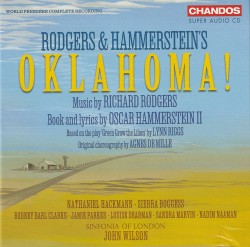 And now for something altogether different. Chandos has just released a truly magnificent double-disc recording of Oklahoma!. The release of the recording itself, has coincided with the 80th anniversary of the venerable musical’s first performance while an expert, talented and compelling cast delivers performances that thrill to the bone. Heading up the fine cast are Nathaniel Hackmann as Curly; Sierra Boggess as Laurey; Rodney Earl Clarke as Jud; Jamie Parker as Will Parker; Sandra Marvin as Aunt Eller and Louise Dearman as Ado Annie. It was Wilson’s inspiration that resulted (ten years on) in this golden age musical that had previously never been recorded in its original form. Robert Russell Bennett’s orchestrations have been beautifully and perfectly restored as well as being re-engraved by Bruce Pomahac at the Rogers & Hammerstein Organization resulting in – to quote Wilson, “To my ears, this great masterpiece in its original instrumental clothing, sounds as fresh as the day it was written”.
And now for something altogether different. Chandos has just released a truly magnificent double-disc recording of Oklahoma!. The release of the recording itself, has coincided with the 80th anniversary of the venerable musical’s first performance while an expert, talented and compelling cast delivers performances that thrill to the bone. Heading up the fine cast are Nathaniel Hackmann as Curly; Sierra Boggess as Laurey; Rodney Earl Clarke as Jud; Jamie Parker as Will Parker; Sandra Marvin as Aunt Eller and Louise Dearman as Ado Annie. It was Wilson’s inspiration that resulted (ten years on) in this golden age musical that had previously never been recorded in its original form. Robert Russell Bennett’s orchestrations have been beautifully and perfectly restored as well as being re-engraved by Bruce Pomahac at the Rogers & Hammerstein Organization resulting in – to quote Wilson, “To my ears, this great masterpiece in its original instrumental clothing, sounds as fresh as the day it was written”.
The quality of the recording is so vibrant, vigorous and visceral, that one imagines that they are actually in the first row of the orchestra section. There is also much additional, fascinating interstitial music here, which was necessary in live theatre at the time, in order to facilitate scene/costume changes, etc. The sheer excellence of the arrangements, interpretation, orchestra, direction and the stupendous cast make this a totally satisfying listening experience – theatre buff, or not.
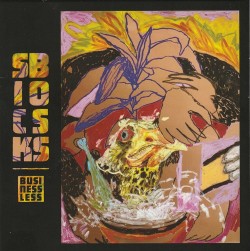 Businessless
Businessless

